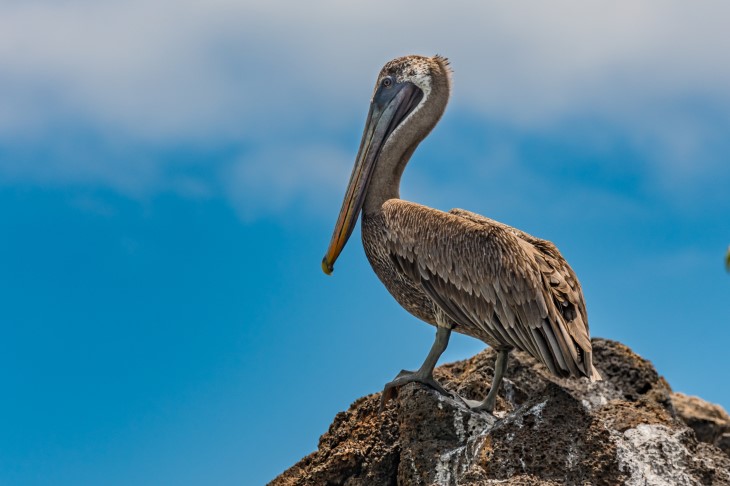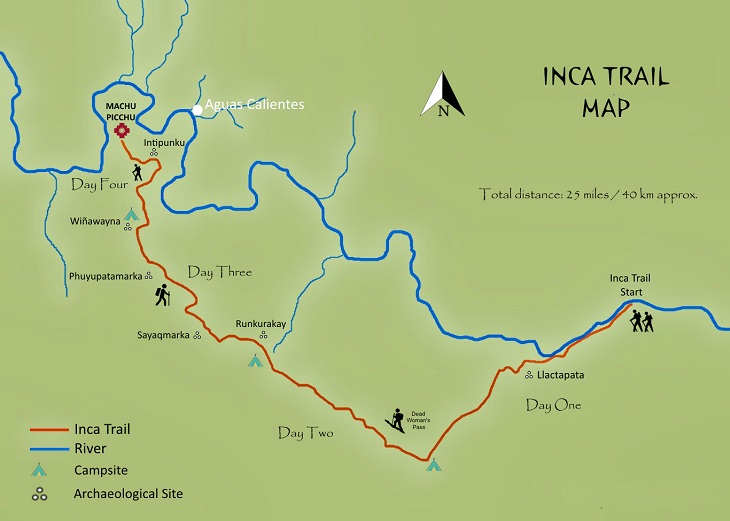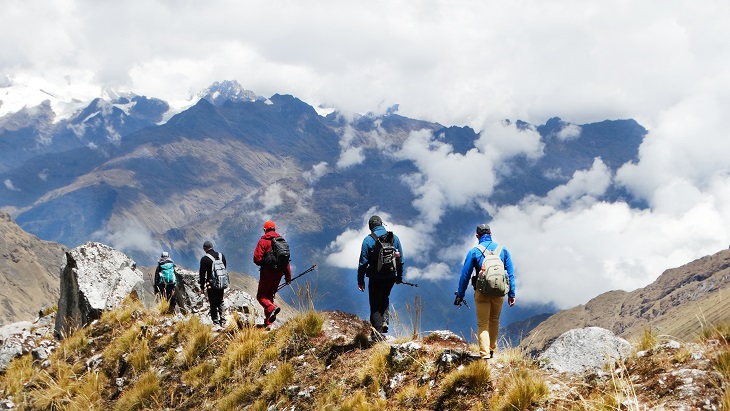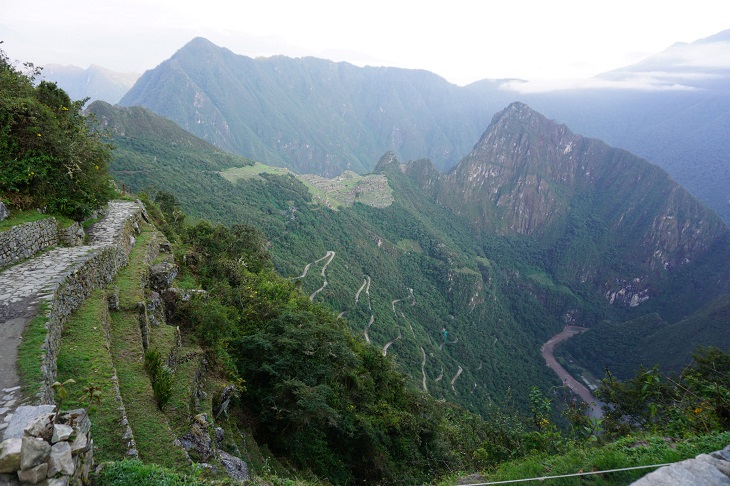
SIGN UP TO RECEIVE
15% OFF
IN YOUR NEXT TOUR

How to Prepare for the Inca Trail
SCROLL DOWN TO READ

How to Prepare for the Inca Trail
SCROLL DOWN TO READ
How to Prepare for the Inca Trail
Hiking the Inca Trail is a once-in-a-lifetime experience, and preparation is key to making the most of this adventure. We recommend embarking on three days of pre-hikes to help you acclimatize to the altitude and terrain of the trail. The information below will guide you as you prepare for this unique journey and can be useful once you set off. While the path is well-trodden and thousands of people complete the route each year, hiking the Inca Trail is no small feat. To make it all the way without too much hassle, you’ll want to invest time in your preparation.
Not only do you need a certain level of physical fitness, but you also require the emotional stamina to tackle roughly 8 miles (12.5 km) of walking each day at high altitude. So, let’s dive into everything you need to do before you embark on your Inca Trail adventure.

To prepare for the rigors of the Inca Trail, incorporate cardio exercises into your routine—aim for 45 to 60 minutes, 3 to 5 times a week, for at least 8 to 12 weeks before your trip. Activities such as running, walking, biking, or using a Stairmaster are great options. To mimic the extreme ups and downs of the hike, train on a variety of terrains, such as hills or with a treadmill incline. Consider adding yoga or core-strengthening exercises to your regimen.

Packing for the Inca Trail means anticipating a variety of conditions during your trek, so minimizing weight is crucial. Avoid overloading your day backpack, as the porters have a limited weight allowance that includes campsite gear and your extra belongings. During the trek, you'll encounter intense heat, strong sun, and cold mountain nights that can dip below zero. Here’s a list of recommended items to pack:
There’s no need to bring energy bars or snacks; plenty of food and snacks will be provided throughout the trek.

On the Inca Trail, you’re limited to no more than 8 kg (17.6 lbs), minus the weight of your sleeping bag (approximately 1.6 lbs). A site coordinator in Peru will supply large duffel bags for your clothes and gear. Professional porters will carry these bags during the hike, while any remaining luggage will be securely stored at your hotel in Cuzco. Keep in mind that you won’t have access to your duffel bag until you reach the evening camp, so be sure to pack everything you need for the day in your daypack each morning before heading out.
Day 1: Chillca - Huayllabamba
Total distance: 7.8 miles
Estimated walking time: 7 hours
Maximum altitude: 9,842 feet
Day 2: Huayllabamba - Pacaymayo
Total distance: 5.5 miles
Estimated walking time: 7 hours
Maximum altitude: 13,779 feet
Day 3: Pacaymayo - Phuyupatamarka
Total distance: 5 miles
Estimated walking time: 7 hours
Maximum altitude: 12,795 feet
Day 4: Phuyupatamarka - Machu Picchu
Total distance: 7 miles
Estimated walking time: 5 hours
Maximum altitude: 11,811 feet
The altitude on the Inca Trail ranges from 7,790 feet to 13,780 feet. Upon reaching altitudes above 3,000 meters (10,000 feet), experiencing shortness of breath and a racing heart is normal due to the reduced oxygen levels. However, for some, these symptoms can progress to Soroche, or acute mountain sickness, characterized by headache, extreme fatigue, nausea, and loss of appetite.
Take it easy upon arrival and drink the coca tea provided. Oxygen is readily available for more severe reactions, and it is also provided along the Inca Trail. Staying hydrated and well-rested is crucial for adjusting to the altitude. Avoid heavy, fatty foods and alcohol in the days leading up to your ascent, as this can help mitigate symptoms. It’s also wise to steer clear of sleep medications, as they can hinder your breathing and slow down oxygenation during sleep.
With this preparation, you’re well on your way to enjoying an unforgettable adventure along the Inca Trail!
